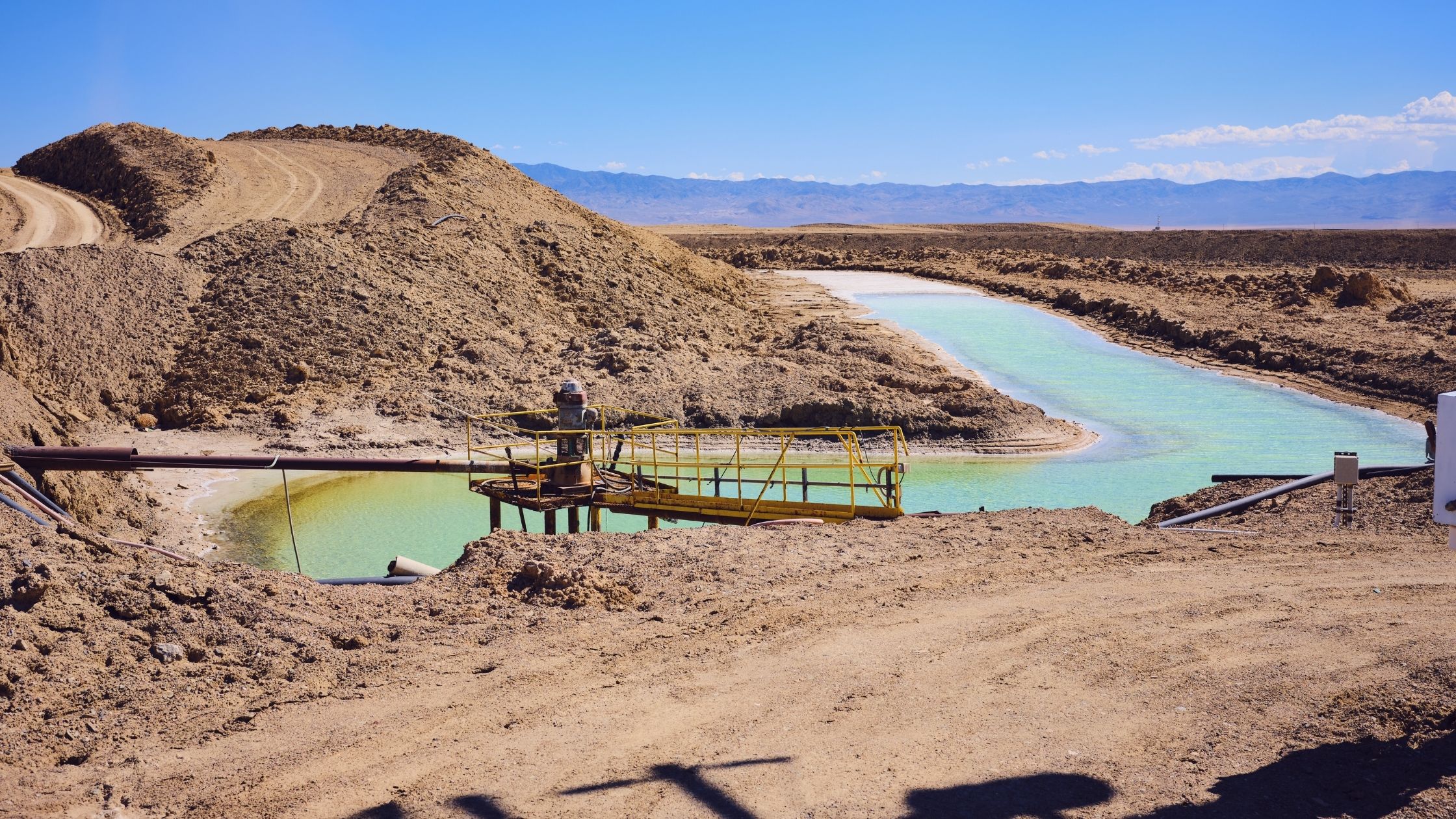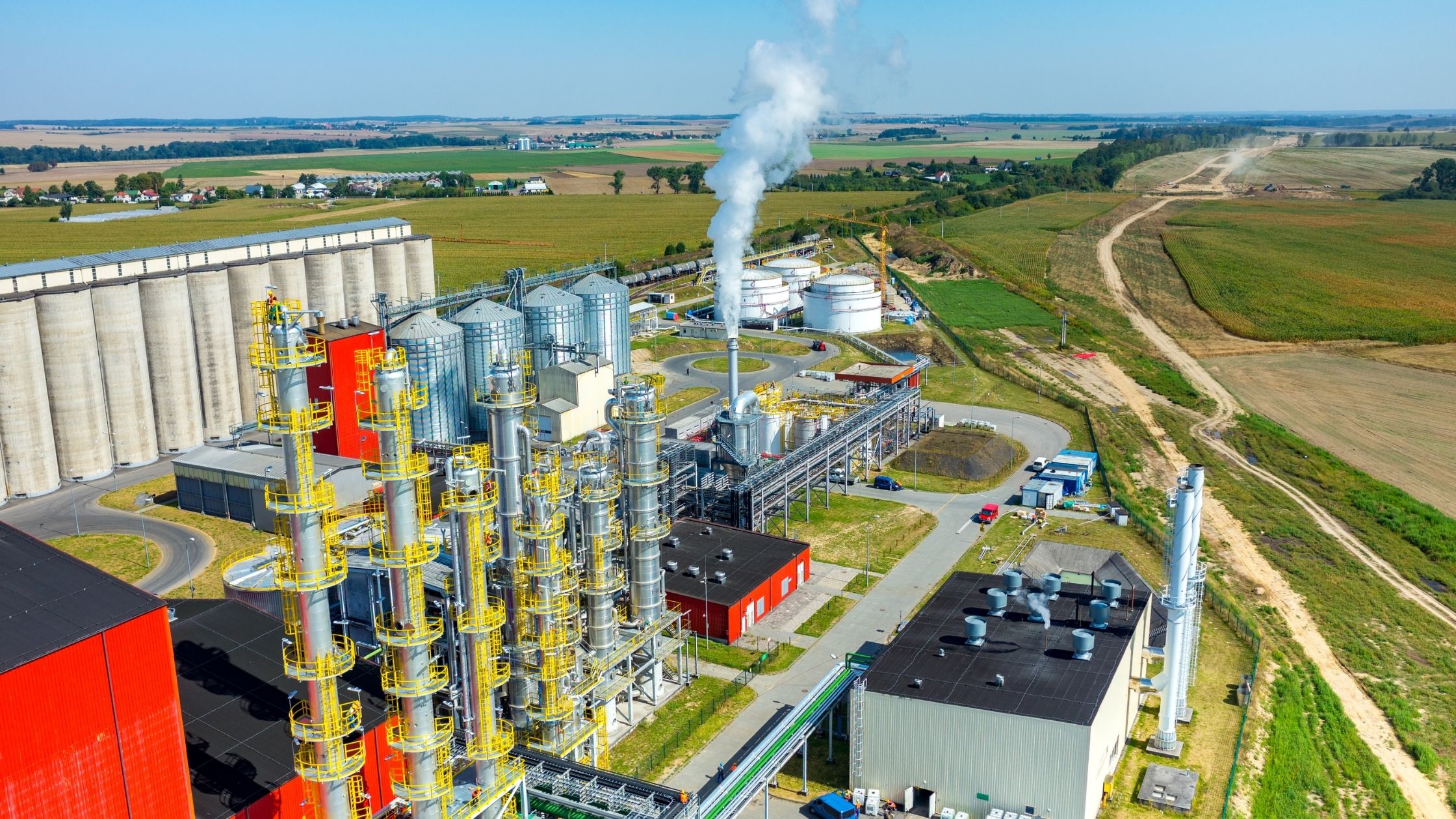
Dust might have a bigger climate impact than we thought
| What’s happening? The impact of dust on the global climate may be larger than assumed, according to new research published in Nature Reviews Earth and Environment. The scientists found an overall cooling effect that could have masked up to 8% of global warming caused by anthropogenic greenhouse gas emissions. (The Guardian)
Why does this matter? If you’re living in the UK, you might have seen the orange skies that appear several times a year when certain wind conditions blow Saharan dust from North Africa all the way to Europe. But have you ever wondered whether these tiny particles have an impact on our global climate? Until recently, scientists weren’t so sure either. That is because dusts ability to travel long distances, coupled with its sheer abundance, has resulted in a variety of processes through which dust particles influence the Earth’s climate system. How exactly does dust influence the climate? Dust can reduce the ability of snow and ice-covered land surfaces to reflect sunlight (called albedo), thereby increasing the absorption of heat, leading to warmer air temperatures. Conversely, airborne dust can reflect sunlight back into space, dissipate warming cirrus clouds and encourage plankton growth when falling into the oceans, which causes them to absorb more heat. These processes remove or reflect heat from the atmospheric system, keeping the global climate cooler. The purpose of this study led by US and EU researchers was to estimate the net climate impact of these processes. The authors started by analysing dust patterns through historic records from ice cores, marine sediment, and other sources. They found that the amount of dust in the air has increased by 55% since the mid-1800s – resulting in a total atmospheric loading of 26 million tonnes – partly driven by urban development, agriculture, and other human activities. Further, the scientists found that these dust aerosols have had a cooling impact on the climate, cancelling out up to 8% of global warming caused by human-induced greenhouse gas emissions. What does this mean for the future? A reduction in dust emissions would accelerate the rise in global temperatures, and this process may already be underway; despite a net increase since the mid 1800s, the study found evidence that the amount of atmospheric dust has been decreasing since the 1980s. Nevertheless, current climate models do not account for this mechanism, the authors warned. The study also notes that future atmospheric dust loading is dependent on various factors and therefore difficult to predict. Dust emissions can be influenced by changes in soil moisture, enhancements in CO2 fertilisation and the expansion of vegetation into arid regions, changes in surface wind speeds, increases in extreme rainfall events, and land-use changes. Thus, more data is needed to gain a better understanding of past and future dust patterns. Are there other particles to consider? – Dust particles are not the only aerosols that can impact our climate. Sulphates and carbon-based particles (e.g. soot) from sources including coal-fired power plants and combustion engines have also been found to have a cooling effect on the planet by blocking incoming solar radiation, further complicating climate science whilst posing a major risk to human health. In spite of the cooling effects aerosols can have, an international research team calculated that global temperatures would rise by 0.5 to 1.1C within one or two years if all air pollution ended immediately. While this is not likely to happen any time soon, it strengthens the case for ambitious and rapid greenhouse gas emissions reductions to prevent dangerous levels of climate change. |


